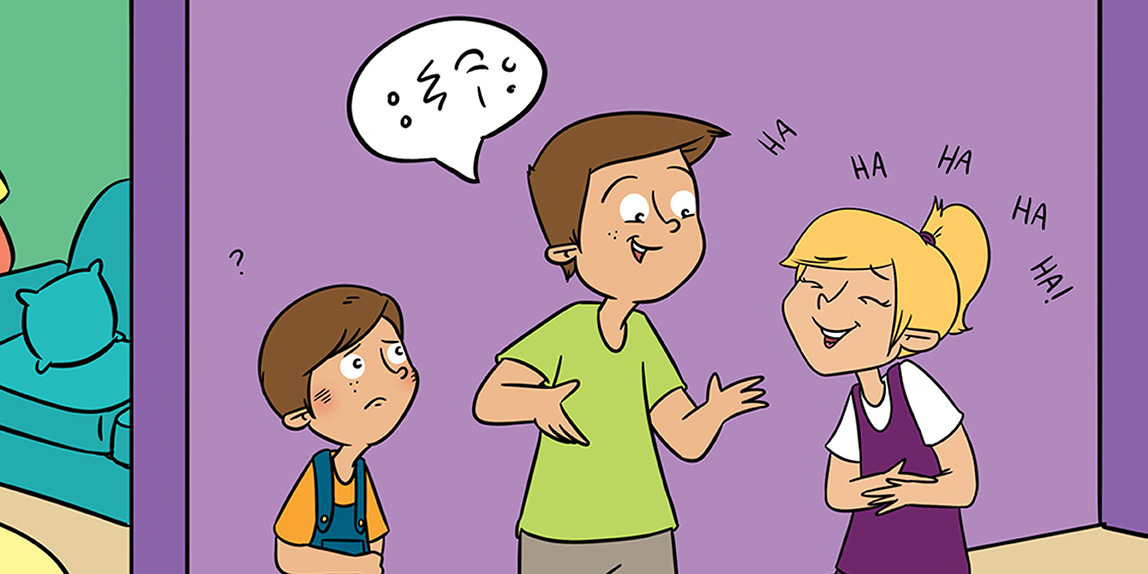
What does it mean to have an invisible condition?
Collection Editors
Eilidh Cage, Danijela Serbic, Anat BardiViews
686,603 viewsParticipating Sections
Submission Deadline
Closed
Articles

Neuroscience and Psychology
11/05/2021
Double Empathy: Why Autistic People Are Often...
Authors
Catherine J. Crompton, Kilee DeBrabander, Brett Heasman...
Human Health
02/03/2021
What Is PTSD? Diagnosis, Treatment, and Challenges
Authors
Prarthana Pilla, Janet Y. Le, Phoebe Lay, Joyce Tiong...
Human Health
13/03/2020
Chronic Pain: A Poorly Understood Experience in...
Authors
Abbie Jordan, Line Caes
Human Health
30/01/2020
Why Is It Difficult for Young People With HIV to...
Authors
Michael Evangeli
Human Health
20/01/2020
Stuttering and Its Invisibility: Why Does My...
Authors
Hope Gerlach, Anu Subramanian, Elizabeth Wislar
Human Health
27/11/2019
Camouflaging in Autism
Authors
Laura Hull, Will Mandy
Human Health
04/10/2019
Hitting Your Head Can Result in Invisible...
Authors
Janet Le, Sara Emily Morgan, Andrew W. Porter, Nicole Osier
Human Health
01/10/2019
How Can We Provide Better Healthcare for People...
Authors
Simone Reppermund, Janelle Weise, Rachael Cvejic, Julian...
Human Health
09/07/2019
Developmental Language Disorder: The Childhood...
Authors
Alyssa Kuiack, Lisa ArchibaldAbout this collection
There are many people who experience invisible, and often undiagnosed, disabilities and conditions which affect their everyday lives. Having an invisible disability usually means that it is difficult to provide concrete, visible evidence for it and it can be perceived as ‘not real’ by other people. As such, these individuals can often feel not ‘believed’ or ‘inadequate’, and may feel the need to ‘mask’ their difficulties in order to fit in with others. By invisible conditions we mean conditions such as depression, anxiety, autism spectrum conditions, chronic pain conditions, dyslexia and other learning difficulties.In this collection, we will (a) introduce and educate Young Minds about a range of invisible conditions, for example mental health conditions, autism and other lesser known invisible conditions such as chronic pain conditions; (b) discuss possible formal and informal support strategies for people experiencing these invisible conditions. Through these discussions, we hope that we can highlight some of the wider challenges that these people face, such as stigma and discrimination, and teach Young Minds how they can potentially support their friends and family who might be experiencing some of these conditions.
In terms of educating about different invisible conditions, this collection will outline what Young Minds could learn about what it means to have an invisible condition and how it can impact on relationships, education, cognitive functioning, communication, emotions, behaviours, and generally navigating everyday life.
Further, some people might be unwilling to seek help and share their concerns with others, in spite of being exposed to a number of physical, psychological and social challenges. The collection will thus also focus on potential ways of providing support, such as individual therapies, and in educational contexts mentoring and peer support initiatives to assist people with invisible conditions.
Overall, this collection would aim to have papers written on different invisible conditions and the concept of invisibility and associated issues would be central in all papers.
Would you like to submit to this collection?
For researchers interested in submitting to this Collection, please consult our author guidelines and check that you have all the essentials included before submitting


















